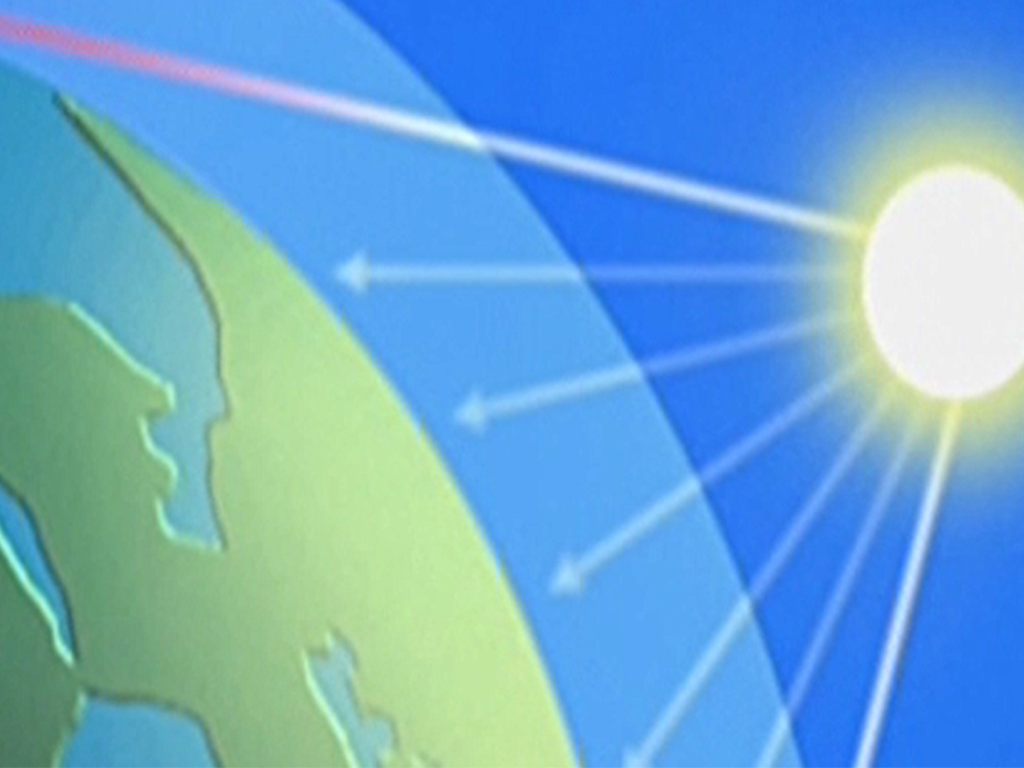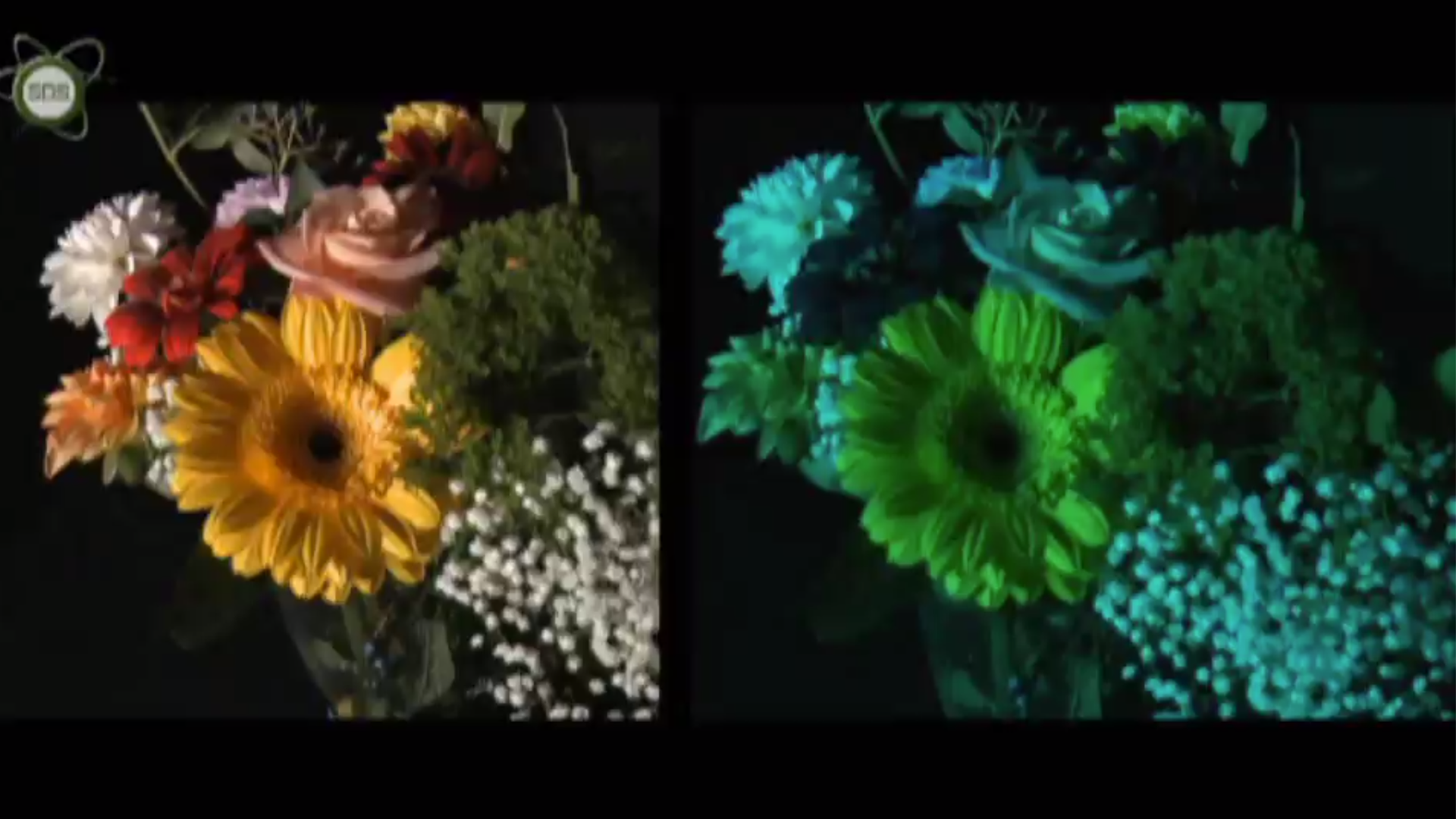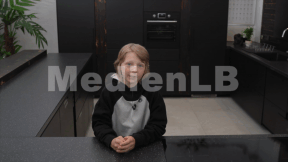 Physik
Physik

4667153 / 5558679
Licht und Farbe
Lebenselexiere der Erde
Ohne Licht würde auf unserer Erde kaum Leben existieren. Pflanzen brauchen diese elektromagentischen Wellen, um zu wachsen und durch den Vorgang der Photosynthese unter anderem Sauerstoff zu produzieren. Genauso sind Farben wesentlicher Bestandteil in der Natur und haben ihre eigene Bedeutung. Auffällige Färbungen bei Reptilien sollen Gefahr signalisieren, während ein möglichst prächtiges Federkleid bei Vögeln ihre Attraktivität steigern soll. Genau wie andere Arten reagieren auch Menschen auf Licht und Farben. „Schau dich schlau!“ zeigt, wie die beiden Komponenten eingesetzt werden, um uns Wohlbehagen zu bescheren oder uns zum Beispiel zum Kaufen zu animieren. Joey Grit Winkler besucht ein Lichtlabor, wo sie genau erfährt, was Licht überhaupt ist, und man ihr erklärt, wieso beispielsweise die Sonne beim Untergehen rot wird. Außerdem findet Joey heraus, welchen Einfluss Licht auf unsere Stimmung hat und wie die mit bloßem Auge unsichtbaren Wellen für medizinische Zwecke eingesetzt werden. Aber genauso wie Licht heilen kann, so kann es auch krank machen. In „Schau dich schlau!“ erläutert Joey Grit Winkler alles Wissenswerte über Licht!
Trailer abspielen
Lehrplanzentral und an den Bildungsstandards orientiert
Passend dazu
Entwicklung der Frauenrechte
Männer und Frauen sind gleichberechtigt. Dass dieser Satz im Grundgesetz steht, ist das Ergebnis eines langen Kampfes der Frauen um gleiche Rechte.
Gleichstellung der Geschlechter
„Männer und Frauen sind gleichberechtigt.“, so steht es im deutschen Grundgesetz in Artikel 3. Doch leben wir tatsächlich in einer geschlechtergerechten Gesellschaft? Wie hängen die Begriffe Gleichbehandlung, Gleichberechtigung und Gleichstellung zusammen? Wie kann die Gleichstellung der Geschlechter erreicht werden?










